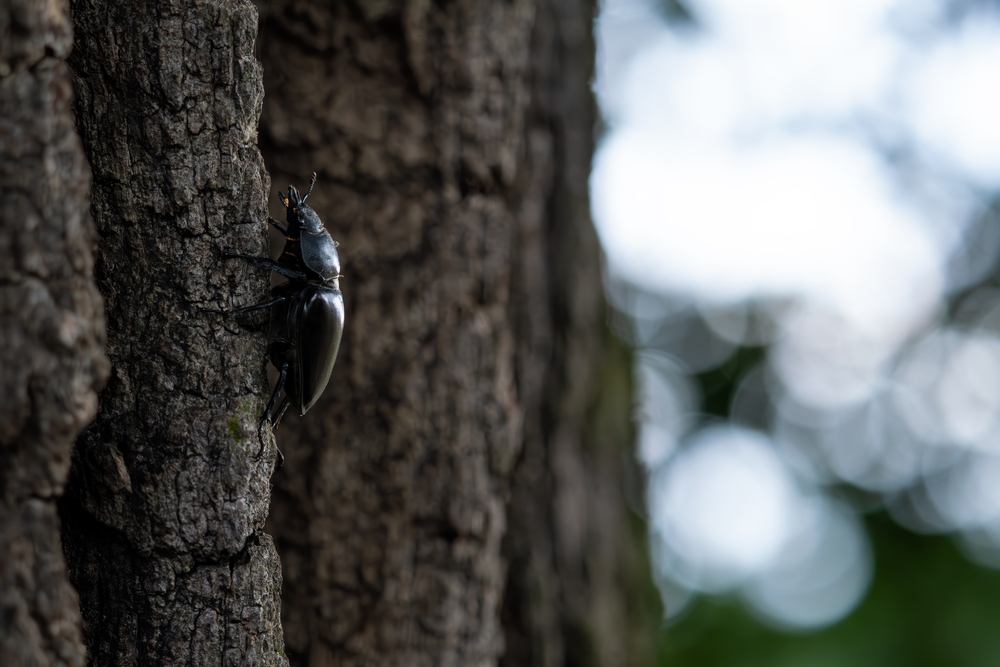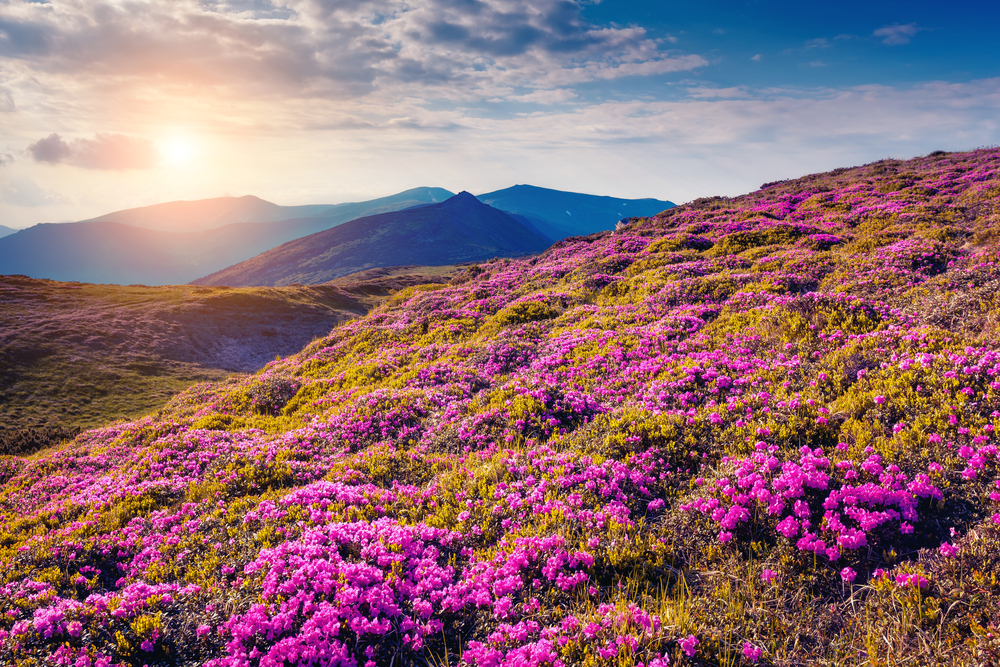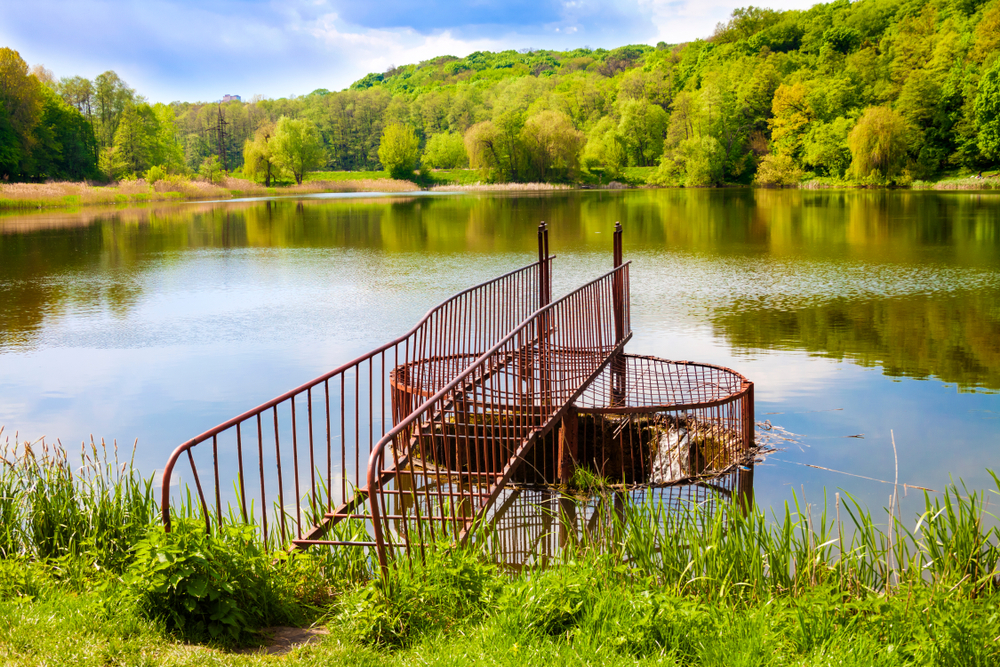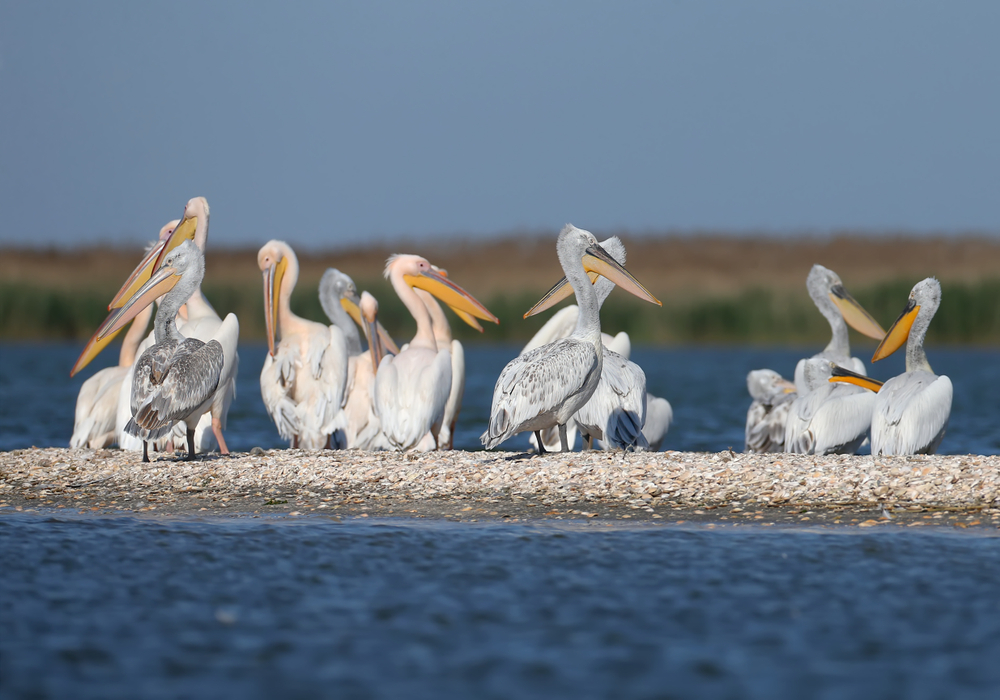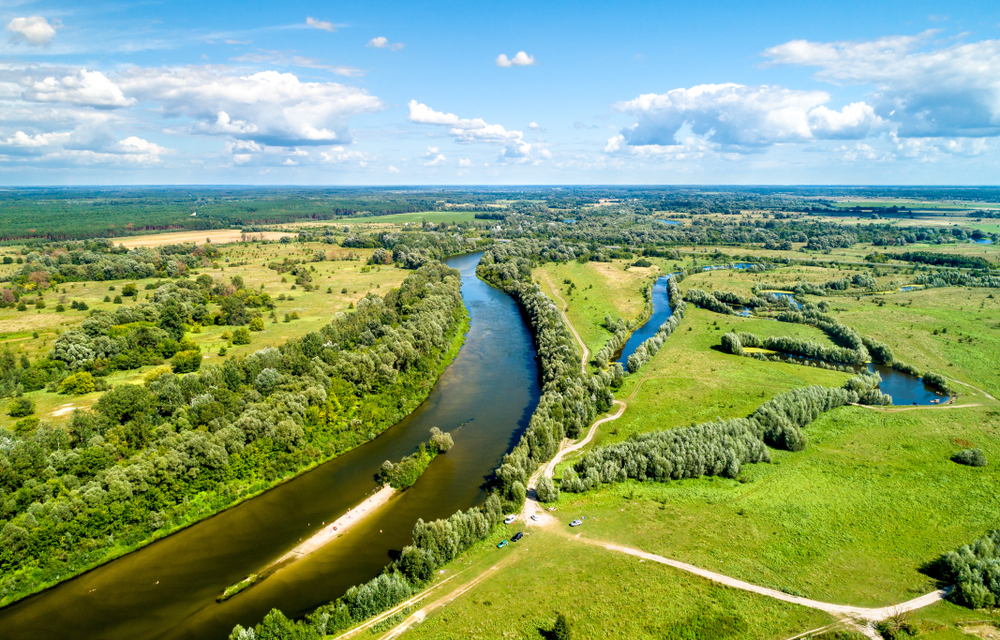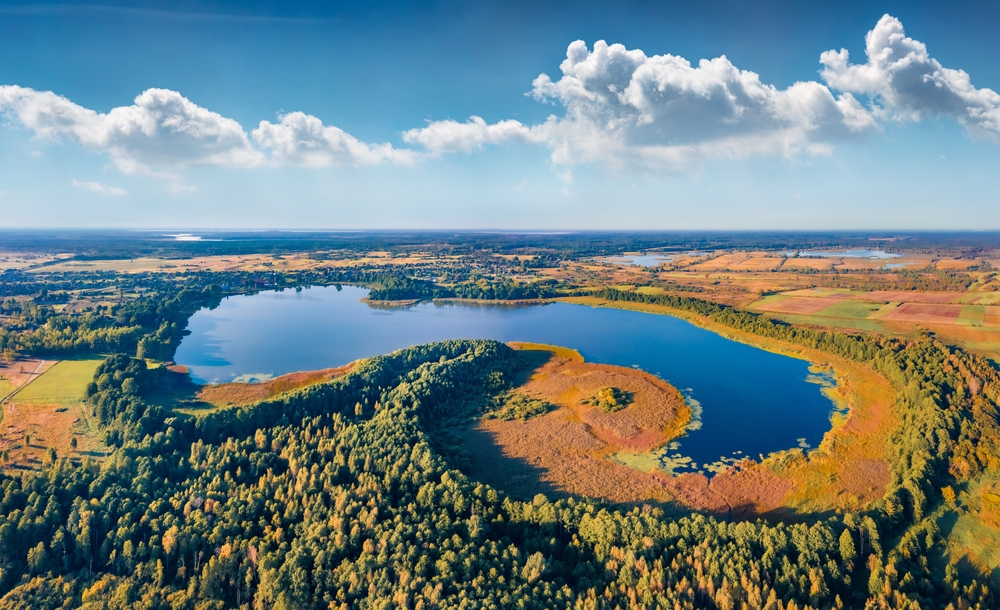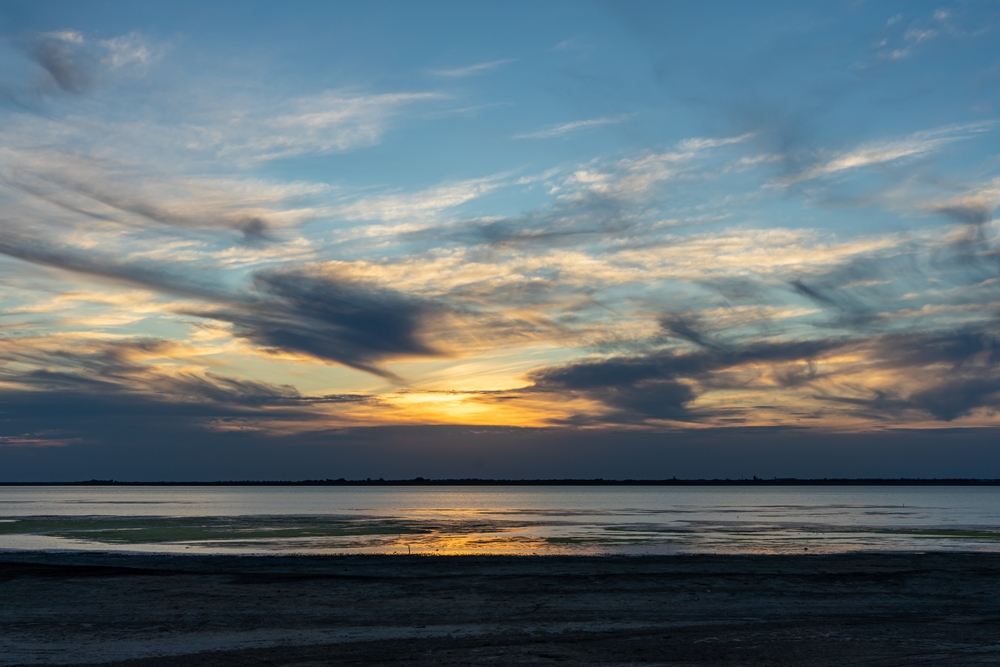Ichnia Overview
Ichnia National Nature Park, known locally as Ічнянський національний природний парк (Ichnianskyi Natsionalnyi Pryrodnyi Park), is a protected area in Chernihiv Oblast, Ukraine. It is situated in the Pryluky Raion and lies about 120 kilometers northeast of Kyiv.
The park spans approximately 37.34 square miles (96.69 square kilometers), offering a diverse landscape characterized by a blend of forest-steppe ecosystems, wetlands, and river valleys. Established in 2004, it was created to preserve the unique flora, fauna, and geological features of the region while providing opportunities for environmental education and ecotourism.
The terrain of Ichnia National Nature Park is relatively flat, with gentle rolling hills and vast expanses of meadows, forests, and wetlands. The park is enriched by the presence of the Uday and Ichenka Rivers, which meander through the landscape, forming numerous lakes, ponds, and marshes that contribute to its ecological diversity.
These wetlands support a rich array of plant life and provide critical habitats for a variety of species. The forests in the park vary in composition, with oak-hornbeam woodlands dominating the western sections and oak-pine forests thriving along river terraces. In the floodplains of the Uday River and its tributaries, forest bogs and wet meadows add to the natural complexity of the park.
Flora in the park is particularly diverse, with over 50 rare and uncommon plant species. Some of the notable plant species include Bohemian sedge, cutleaf anemones, martagon lilies, and lesser butterfly-orchids.
In spring, the meadows burst into color with vibrant displays of primroses, snowdrops, and squills, creating a picturesque setting for visitors. The park serves as a refuge for plant species that are increasingly rare in other parts of the country due to habitat loss and land-use changes.
The park is home to a variety of wildlife, including several species that are under protection. Mammals such as badgers, elks, and otters roam the forests and wetlands, benefiting from the park’s preserved natural environment.
The wetlands and water bodies are crucial for birdlife, with species like the aquatic warbler finding sanctuary here. The presence of the stag beetle further underscores the ecological importance of the park, as it supports numerous insect species that play key roles in maintaining biodiversity.
Visitors to Ichnia National Nature Park can experience its natural beauty through several recreational and educational activities. The park offers well-maintained ecological trails, including the “In the Ichenka Valley” educational trail and the “Sadove” eco-touristic route, which allow for immersive exploration of the landscape.
These trails feature rest areas with benches and shelters for short-term visitors, while cabins and rental equipment are available for those looking to stay longer. Trekking, birdwatching, and nature photography are popular activities, with the park’s rich biodiversity providing ample opportunities for nature enthusiasts to observe wildlife in their natural habitats.
Conservation efforts have played a vital role in preserving the park’s ecosystems, but challenges remain. Historically, deforestation and agricultural expansion have put pressure on natural habitats, threatening native species. The establishment of the park has helped mitigate some of these issues by providing legal protection for its forests, rivers, and wetlands.
Ongoing conservation initiatives aim to restore degraded areas and implement sustainable management practices that balance human activities with environmental preservation. The park’s administration continues to focus on raising awareness, fostering community involvement, and promoting ecotourism as a means to support conservation efforts.
Ichnia National Nature Park stands as a testament to Ukraine’s commitment to preserving its natural heritage. Its combination of diverse landscapes, rich biodiversity, and conservation efforts makes it an important sanctuary for wildlife and a compelling destination for visitors.
By continuing to protect and restore its unique ecosystems, the park ensures that future generations can experience and appreciate its natural wonders.








































































